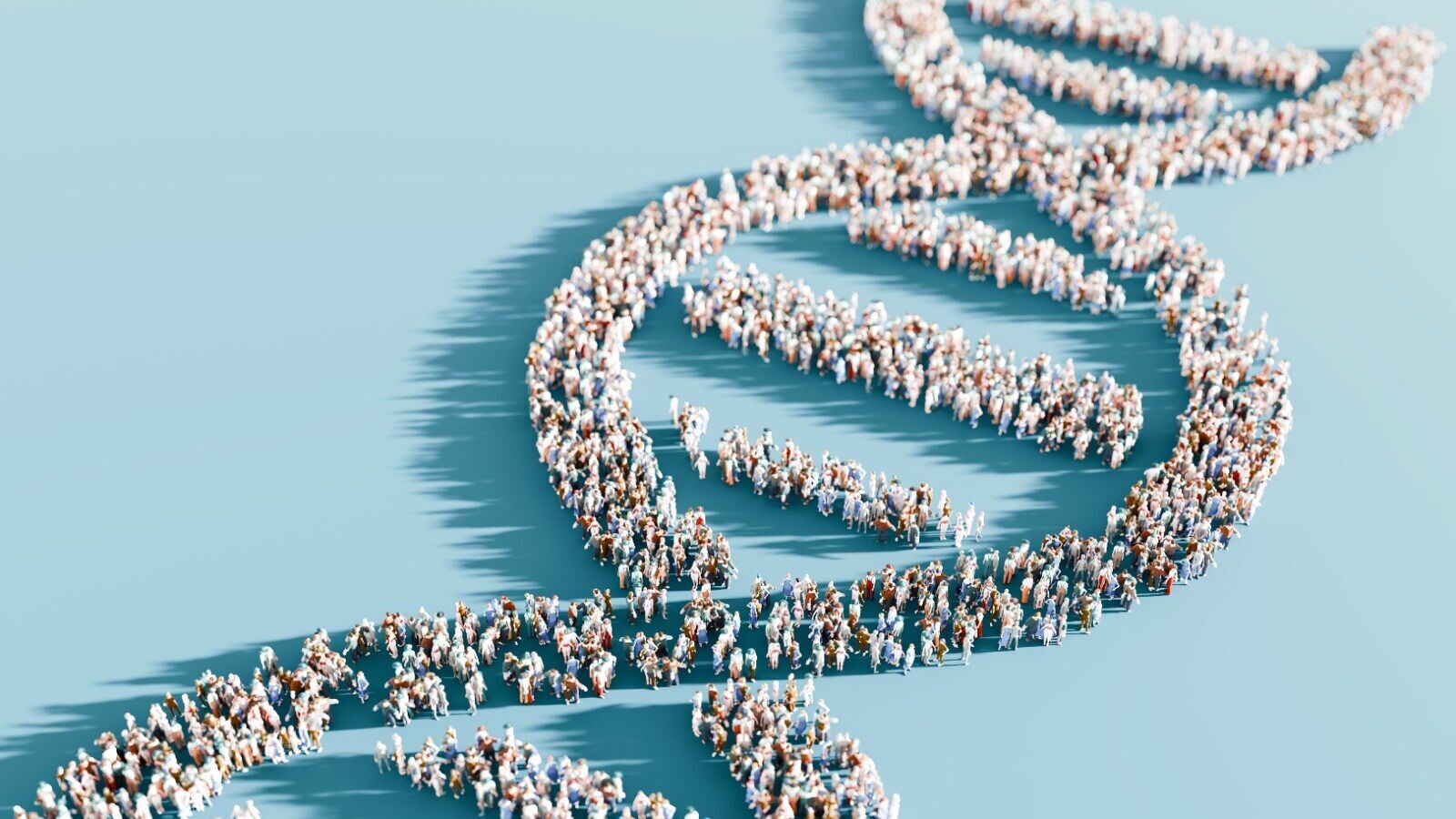Diseases like DMD are rare medical conditions. They affect a relatively small proportion of the general population. Yet, over 400 million people suffer from more than 7,000 known rare diseases today, with the Global South bearing the bulk of this burden.
Also Read: Healthcare for all: India could lead by shaping the future of AI and biotech
While there are treatments for many rare diseases, given the small size of the patient population, pharmaceutical companies cannot achieve the economies of scale needed to make them commercially available. In the 1980s, patient advocacy groups began to draw attention to this, pointing out that research and development (R&D) for rare disease drugs was being discouraged because it wasn’t profitable. Since they were being consciously abandoned, they started being called ‘orphan drugs.’
Since most rare diseases are of genetic origin, they can be treated using genetic and gene-editing science. Ever since the Human Genome Project was completed in 2003, the cost of genomic sequencing has fallen dramatically. From the approximately $2.7 billion that it took at that time to sequence the first human genome, it now costs less than $100. This has made it possible for us to develop treatments for genetic diseases at a relatively affordable cost.
Since that podcast episode, I’ve come across several other examples of frugal genetic innovation in India. The Centre for Stem Cell Research at the Christian Medical College, Vellore, has successfully used ‘lentiviral vectors’ to treat patients suffering from Haemophilia-A, and India’s first clinical trial for sickle cell disease (SCD) using indigenous technology could become the first Crispr-based corrective therapy for the disease.
Also Read: Genetically engineered animals are here: Regulation mustn’t get left behind
Each of these treatments costs much less than their Western counterparts; India’s Crispr-based cure for SCD costs between $25,000 and $100,000 per patient versus about $2.2 million in the West. This demonstrates that India not only has the technical ability to find treatments, it can do so affordably.
This, in large part, is because of how India’s regulatory framework has evolved in support of these initiatives, with the Indian Council of Medical Research guidelines for cell and gene therapies providing clear pathways for innovation. The National Policy for Rare Diseases, announced in 2021, provides further support to this ecosystem by offering financial aid and establishing centres of excellence. In addition, various state subsidies and manufacturing initiatives for critical components like delivery vectors and stem cells have contributed to cost reductions.
Also Read: Genetic studies: Let’s cast a wider DNA net
While developed countries in the West have advanced R&D capabilities, they lack genetic diversity in disease models. As a result, they struggle to find suitable cohorts of patients suffering from rare diseases. This has hindered the design of clinical trials as well as the timely treatment of patients, particularly in the case of early-onset diseases.
India, on the other hand, has over 350 endogamous communities. As a result, the country has a high rate of consanguinity. This has resulted in a high prevalence of recessive gene mutations in the population, presenting unique opportunities for genetic discovery and insights into disease biology.
Given that Indian scientists have demonstrated their ability to develop commercially viable treatments for rare genetic disorders, India can play an important role in using interventional genomics to find cost-effective cures for rare diseases.
This, according to a recent article in The CRISPR Journal, is an opportunity to establish a first-of-its-kind North-South collaboration that could offer lasting solutions to the problem of rare diseases in a way that benefits everyone. The article proposes the establishment of a platform that will “bridge scientific, clinical, and economic gaps” and, in the process, leverage India’s genetic diversity to offer a shared opportunity for therapeutic innovation.
Also Read: Gene editing: Is humanity ready to rewrite the book of life?
The first step in this direction would be the creation of comprehensive data infrastructure to capture clinical, genomic and bio-sample data from rare disease patients in India. With this in place, we can deploy an analysis engine powered by AI to enable clinical trial matching and advanced analytics for gene discovery and disease biology insights using the best technologies from the Global North.
The resulting platform should be able to quickly analyse Crispr drug candidates and optimally guide delivery systems and dosage calibrations in subsequent preclinical research and clinical trials. It would also establish the quality standards and safety data needed to manufacture specialized biological components, ensuring that they meet the same rigorous standards as any regulated therapeutic solution.
The platform approach will position India as an equal partner in the creation of a future in which medical treatment is personalizable, precise and, above all, widely accessible. It would also transform India’s endogamous communities, once characterized by their genetic risk, into co-inventors of cures that the world still lacks.
The author is a partner at Trilegal and the author of ‘The Third Way: India’s Revolutionary Approach to Data Governance’. His X handle is @matthan.
